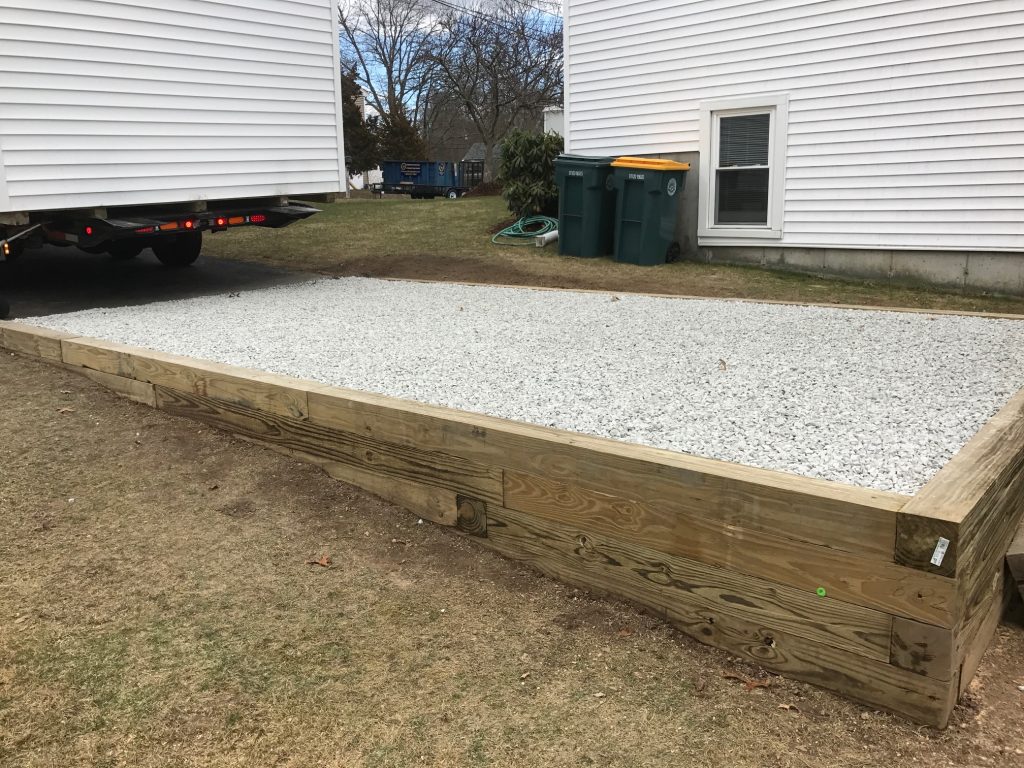How to Secure a Metal Shed to Ground
When it comes to maintaining the stability and security of a metal shed, anchoring it firmly to the ground becomes indispensable. This not only enhances its durability against natural elements like wind and rain but also adds an additional layer of security against theft or vandalism. Whether you’re housing garden tools, vehicles, or using the space as a workshop, securing your metal shed effectively ensures that its contents are protected and its structure remains intact over the years.

The Importance of Securing a Metal Shed to the Ground
A metal shed, lightweight and versatile, stands vulnerable to environmental challenges such as high winds or even ground shifts that could lead to structural wear or total displacement. Securing a shed properly to the ground https://www.shedman.com.au/how-are-sheds-fixed-to-the-ground/ not only guards against these potential hazards but also prolongs its life, maintaining the usability and safety of the stored items. Furthermore, insurance policies for outbuildings like sheds often mandate proper installation and anchoring, underlining the practical necessity of securing your shed adequately to comply with safety standards and insurance requirements.
Step-by-Step Guide to Securing a Metal Shed to the Ground
A. Choosing the Right Location
Selecting the ideal location is the first critical step in securing a metal shed. Consider a level spot that allows for easy access and drainage while avoiding areas prone to water pooling or excessive moisture, which can lead to corrosion and structural damage. Additionally, be mindful of the shed’s orientation; placing it in a position that shields it from prevalent winds and does not obstruct access to your garden or home is advisable. The chosen location should comply with local building regulations and zoning laws to ensure that future complications are avoided.
B. Preparing the Ground
Once a suitable location has been identified, the next step involves preparing the ground. This preparation is crucial as it ensures a solid and level base, which is vital for the structural integrity of the shed. Remove any vegetation, roots, and debris from the area. Depending on your location, it might be necessary to lay a weed barrier to prevent growth underneath the shed. The ground should be compacted and leveled meticulously. In some cases, adding a layer of gravel can aid in drainage, keeping the base dry and stable.
C. Installing the Foundation
A strong foundation is essential for securely anchoring a metal shed. There are several foundation options to consider, such as concrete slabs, concrete piers, or treated wooden beams, depending on the size of your shed and the type of soil. Concrete slabs are often recommended for larger sheds as they provide a stable and level base. The foundation should be slightly larger than the footprint of the shed to ensure proper anchoring and weight distribution.
D. Assembling the Shed
With the foundation set, you can proceed to assemble the shed according to the manufacturer’s instructions. It’s crucial to ensure that all parts are correctly aligned and firmly connected. Using the right tools and hardware specified by the manufacturer will facilitate this process and prevent future structural issues. During assembly, periodic checks for squareness and levelness should be made to avoid any misalignment, which could compromise the shed’s stability and make it difficult to properly secure the structure to the foundation.
E. Securing the Shed
Securing the metal shed to the foundation is the final step. Depending on the type of foundation you have chosen, this can involve different methods of anchoring. For instance, with a concrete slab, you might use concrete anchor bolts that are installed at the time of pouring the slab. Alternatively, for timber or pier foundations, heavy-duty galvanized steel anchors can be used, which will penetrate the ground deeply, offering strong resistance against wind uplift and shifting. Ensure that all fasteners are tightened and double-check their installation to guarantee that the shed is securely anchored.
Conclusion
Securing a metal shed to the ground is a comprehensive process that requires careful planning and execution. By choosing the right location, preparing the ground meticulously, installing a solid foundation, assembling the shed correctly, and securing it firmly, you can ensure that your metal shed serves its purpose effectively, resisting the ravages of weather and time. Proper installation not only safeguards the contents of your shed but also contributes to the overall safety and aesthetics of your property. Remember, a well-anchored metal shed is an investment in peace of mind and utility.
